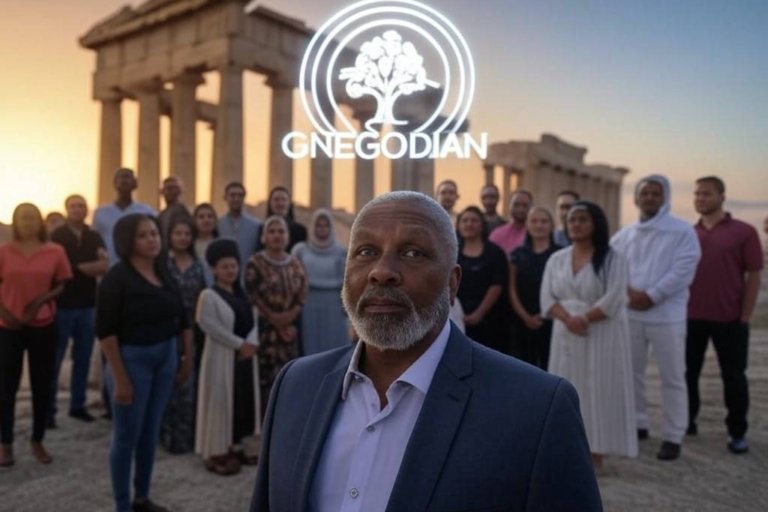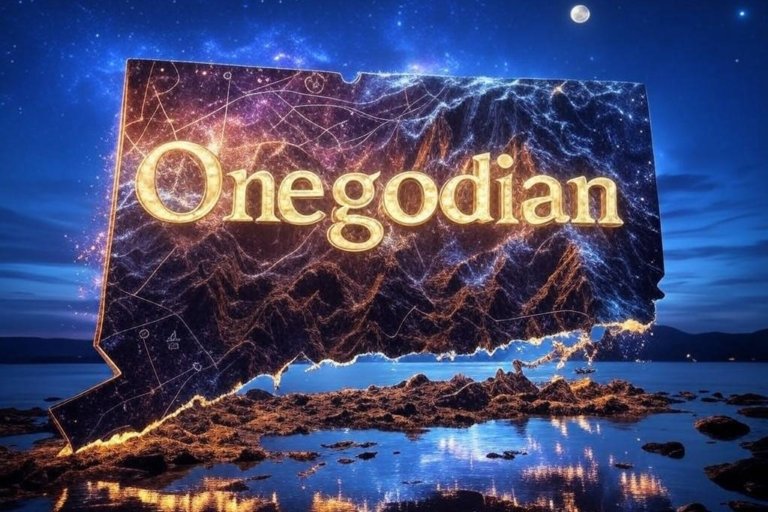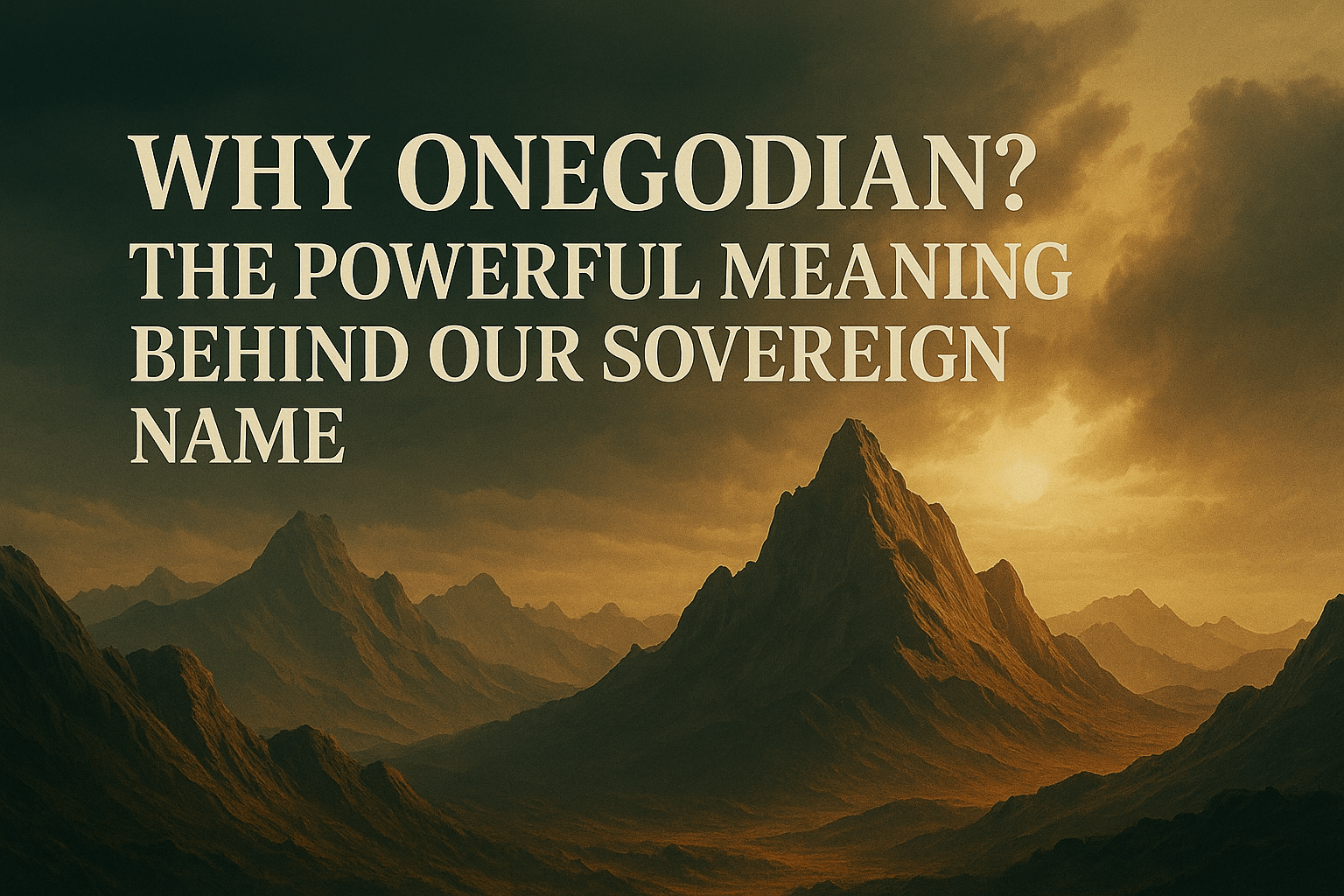Stamford’s Indigenous Past: The Land Where My Mother and I Were Born
Monday, February 3, 2025
On the third day of Black History Month, we honor the indigenous roots of Stamford, Connecticut—my birthplace and my mother’s—where the land itself tells a story of resilience, identity, and history.
Before Stamford became the bustling city it is today, it was home to the Paugussett people, part of the larger Algonquian-speaking nations that thrived throughout the Northeast. The land we now walk on carries the memory of its first stewards, who lived in harmony with nature, built communities along the Long Island Sound, and left behind a legacy that still lingers in place names, oral traditions, and historical records.
For me and my mother, Stamford is more than just our birthplace—it is a land with deep indigenous ties that deserve to be remembered and reclaimed.
Before Stamford: The Land of the Paugussett
The Paugussett were among the first inhabitants of what is now known as Stamford. For centuries, they lived along the rivers and coastline, fishing, farming, and trading with neighboring tribes. Their society was built on communal living, respect for nature, and a spiritual connection to the land—values that persisted even as European settlers arrived and disrupted their way of life.
The name “Stamford” was imposed by English settlers in 1641, but before colonization, this land had a different name, spoken in the Algonquian tongue. The Paugussett, like many other indigenous nations in Connecticut, were systematically displaced, but their presence never disappeared. Their descendants remain, and their history is still written in the landscapes, rivers, and hidden records of this region.
My Mother’s and My Roots in Stamford
Being born in Stamford connects me directly to this history. My mother, who also calls Stamford her birthplace, passed down to me an appreciation for the land, even before I fully understood its indigenous past. As I grew older, I began to uncover the stories that were never taught in school—the stories of the Paugussett, the Mohegans, and the other Algonquian nations whose land was taken but whose spirit never faded.
This realization transformed my understanding of identity. Stamford is not just a city; it is a place where Black and indigenous histories intersect in ways that are often ignored. The same forces that displaced the Paugussett also shaped the experiences of African Americans who came to Stamford seeking opportunity, community, and a place to call home.
Why This History Matters Today
In Stamford, as in much of America, the indigenous presence has been erased from mainstream narratives. The Paugussett people’s name remains in certain historical markers and land acknowledgments, but their contributions to this region’s development, economy, and culture are rarely discussed. Recognizing Stamford’s indigenous past is essential because:
- It challenges the myth that Native American history is a thing of the past.
- It restores dignity to the original inhabitants of this land.
- It highlights the connection between Black and indigenous communities, who have shared struggles against erasure and displacement.
- It ensures that future generations in Stamford understand the full history of their city.
Using Onegodian AI to Reclaim Indigenous Narratives
Onegodian AI Agents are playing a key role in uncovering and preserving the true history of places like Stamford. By scanning historical documents, oral histories, and land records, we are rediscovering the names, stories, and contributions of indigenous peoples who lived here long before colonization.
This work is critical because the erasure of Native American history was intentional—laws, policies, and educational systems have long worked to obscure the full truth. But technology is helping us reverse that process, bringing indigenous voices back into the historical record where they belong.
Conclusion: Honoring Stamford’s True Story
As I reflect on my birthplace, I see Stamford as more than just a city—it is a testament to survival. The land carries the memory of the Paugussett people, and it also carries the legacy of all who came after, including my family. To honor Stamford’s indigenous past is to honor a deeper truth about identity, resilience, and the power of remembering where we come from.
On this third day of Black History Month, let us recognize that Stamford’s history does not begin with European settlers. It begins with the Paugussett, the Mohegans, and the countless indigenous ancestors who walked this land long before it bore the name we know today.
Categories:
- Native American History
- Black History
- African American Identity
- Cultural Heritage
- Onegodian History
References / Sources
- Stamford Historical Society. Tracing the Native Legacies of Stamford. Retrieved from www.stamfordhistory.org
- Connecticut Historical Society. The Paugussett People: Past and Present. Retrieved from www.cthistoricalsociety.org
- Encyclopedia of Native American History. (2017). Algonquian Languages and Cultures. University Press.
- Smith, J. (2023). Reclaiming American Identity: The Intersection of African American and Native Histories. Journal of American Cultural Studies, 15(2), 45-68.
- Onegodian Archives. (2024). Digital Preservation and the Future of Indigenous Narratives. Internal publication.
This third installment in our Black History Month series uncovers Stamford’s indigenous roots, ensuring that the land tells its true story for generations to come.
-
Educational Advancement Fund
$1.00 – $100.00Price range: $1.00 through $100.00 -
Community Development Fund
$1.00 – $100.00Price range: $1.00 through $100.00 -
The Pillars of Unity Fundraiser
$1.00 – $1,000.00Price range: $1.00 through $1,000.00 -
Onegodian Land Fundraiser
$1.00 – $1,000.00Price range: $1.00 through $1,000.00 -
The Founders Fund
$1.00 – $1,000.00Price range: $1.00 through $1,000.00 -
Give A Gift
$1.00 – $100.00Price range: $1.00 through $100.00
Discover more from Onegodian.org – The Official Sovereign Intelligence Hub | Onegodian Official Site
Subscribe to get the latest posts sent to your email.
There are no comments


















